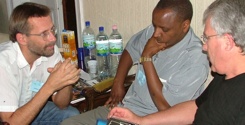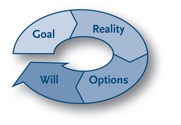Five adaptive methods
Following up on the post on SOAP, here are five more examples of adaptive methods. 1. Alpha
I know of factory workers in China and yuppies in London are coming to faith through Alpha
It’s everywhere—152 countries, 21,000 churches, 80% of the prisons in Britain. Four million people of all ages have completed the course so far. The current rate is about a million and year and it’s growing.
For more on why this adaptive method is so effective: A movements perspective on Alpha
2. Accountability groups
 What’s the concept? Two or three people meeting regularly to confession their sins to on another and pray for each other (Jas 5:16).
What’s the concept? Two or three people meeting regularly to confession their sins to on another and pray for each other (Jas 5:16).
Count Zinzendorf, founder of the Moravian missionary movement pioneered the concept of “bands” (small groups) under Zinzendor in the 18th century. John Wesley adapted their model and it became the building block of Methodist movement in it’s dynamic phase.
See: John Wesley's Class Meetings and House Churches Today and John Wesley’s Small Group Ministry.
Lately, Neil Cole has reinvigorated the practice by developing some basic accountability questions and ramping up the reading of Scripture—thirty chapters a week. These Life Transformation Groups are the building blocks for a growing church planting movement. Read all about it in “Cultivating a life for God” (Neil Cole)
I'm a recovering sinner so you can find me most Friday mornings at 6.30am confessing my sins with Al and Bryan at Blackburn McDonalds. I plan to stop going once I reach sinless perfection or when Jesus comes back, depending which one comes first.
3. Micro enterprises
 A strategy based on the reality that the poor are a good credit risk.
A strategy based on the reality that the poor are a good credit risk.
According to Opportunity International
this strategy starts with microcredit - the provision of small, collateral-free loans to the poor in developing nations. Over time, this term has expanded to include a broader range of services such as savings and insurance, all encompassed by the term microfinance.
But poverty is multidimensional. Therefore, microenterprise development builds on the foundation of microfinance and adds business training, mentoring, financial planning and leadership development.
The results are impressive. The cycle of poverty is broken. 98% of the money is paid back and reinvested in other projects.
Seems like the poor are a better creditors that the rest of us.
Here's a link to an ABC (the Aussie BBC) feature on David Bussau, founder of Opportunity International: Champion of the world.
4. The Spiritual exercises
 Ignatius Loyola, founder of the Jesuits began life as a playboy, nobleman, soldier of fortune. He came to faith after a canon ball shattered one of his legs in battle.
Ignatius Loyola, founder of the Jesuits began life as a playboy, nobleman, soldier of fortune. He came to faith after a canon ball shattered one of his legs in battle.
As Ignatius progressed in his surrender to Christ, he reflected on his experience and recorded his insights on the process. These became the basis of his Spiritual Exercises
The Spiritual Exercises are not devotional writings, but rather a manual for spiritual directors who are leading others through the Exercises.
The Exercises are taken over 30 days. They are intended to lead the person into encounter with God, through the Scriptures. The goal is joyful surrender to His will. The first week focuses on sin and repentance. Christ is the focus for the remaining three weeks—His life, death and resurrection.
For 500 years the Exercises provided the spiritual dynamic that drove the incredible expansion of the Jesuits. I took the Spiritual Exercises two years ago. It changed my life.
Today there's a young man traveling somewhere in Asia right now who has committed to doing the Exercises over 30 weeks. An hour in the morning and half an hour at night. We communicate via the internet once a week. As he reflects on the life and ministry of Jesus, God is going to show up and change his heart and clarify his calling.
A simple, reproducible method.
5. GROW model of coaching
Finally, there’s the GROW coaching model that you can read all about in Startup Guide to Coaching Leaders. There may be better coaching models out there but this one is simple, flexible and reproducible.
That's five I can think of. So, tell about your adaptive methods. . .


